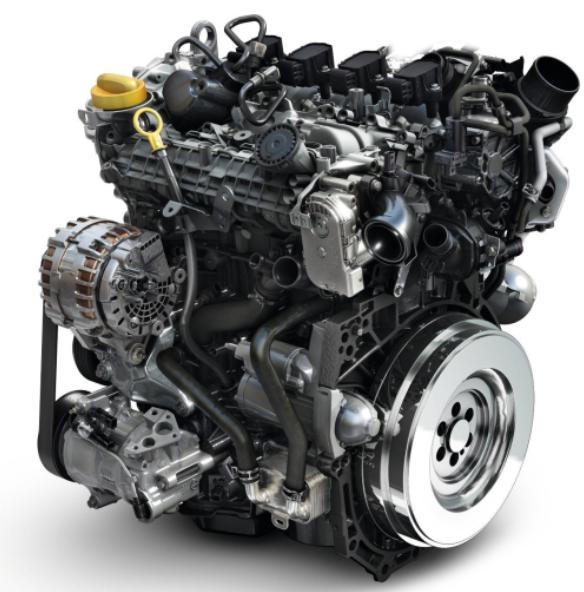According to foreign media reports, Renault has launched a new 1.3 L direct injection turbocharged gasoline engine (direct injection turbocharged 1.3 gasoline engine), which was jointly developed by the Renault-Nissan Alliance and Daimler. It is estimated that this engine will be configured in Renault Scénic and Renault Grand Scénic in early 2018, and it will also be configured in other Renault models in the future.
The new engine significantly improves the vehicle’s drivability, increasing its torque at low revs and maintaining a constant level at high revs. In addition, the engine reduces fuel consumption and CO2 emissions. Compared with the Energy TCe 130, this gasoline engine adopts the Energy TCe 140. The peak torque of this new technology is increased by 35 N·m, and the available speed range is from 1500 rpm to 3500 rpm.

The power rating of the new engine has been increased from 115 hp to 160 hp. When paired with a manual gearbox, the Energy TCe 160 has a maximum torque of 260 N m. If the high-efficiency dual-clutch gearbox (EDC gearbox) is used, the maximum torque is 270 N·m when the maximum power is realized. The maximum torque of the new engine can be achieved when the speed is in the range of 1750 rpm-3700 rpm. At present, the engine has been opened to users in France and other European countries, and it is expected that the product will be delivered to customers by mid-January 2018.
The engine also features recent innovations developed by the Renault-Nissan Alliance, including Bore Spray Coating, which reduces friction and heat transfer to the cylinders of the Nissan GT-R engine, thereby significantly improving engine efficiency.
The engine is also equipped with other technologies to reduce fuel consumption and carbon dioxide emissions while improving driving pleasure. The pressure of the direct injection in the cylinder has also been increased by 250 bar, and its special engine combustion chamber design also optimizes the fuel/air mixture ratio (fuel/air mix).
In addition, the Dual Variable Timing Camshaft technology can adjust the intake valve and exhaust valve according to the engine load. At low speed, it can increase the torque value of the engine; at high speed, it can improve linearity. The linear torque brings great benefits to the user in terms of driving comfort and mid-range response.
Post time: Feb-28-2023
